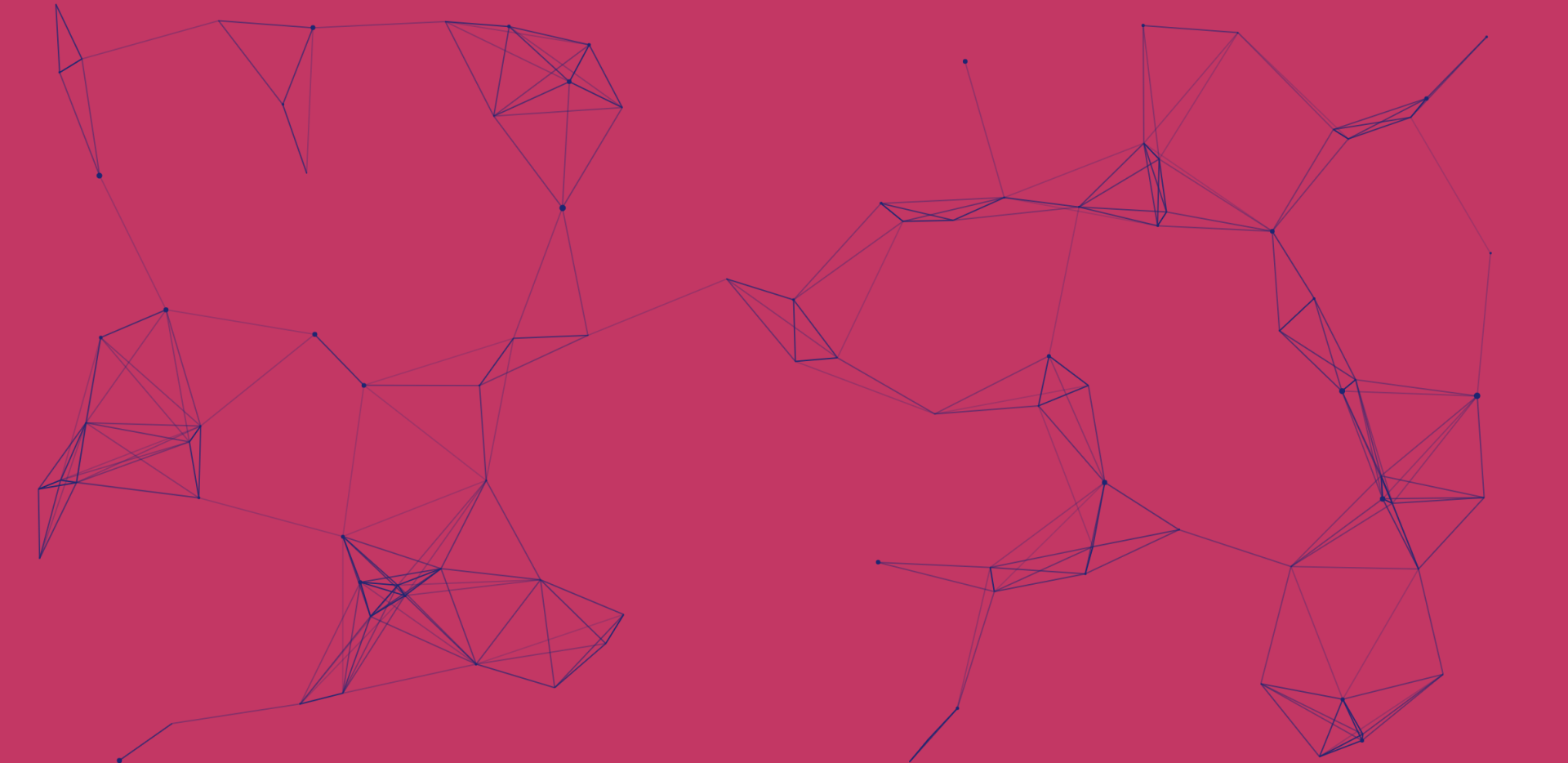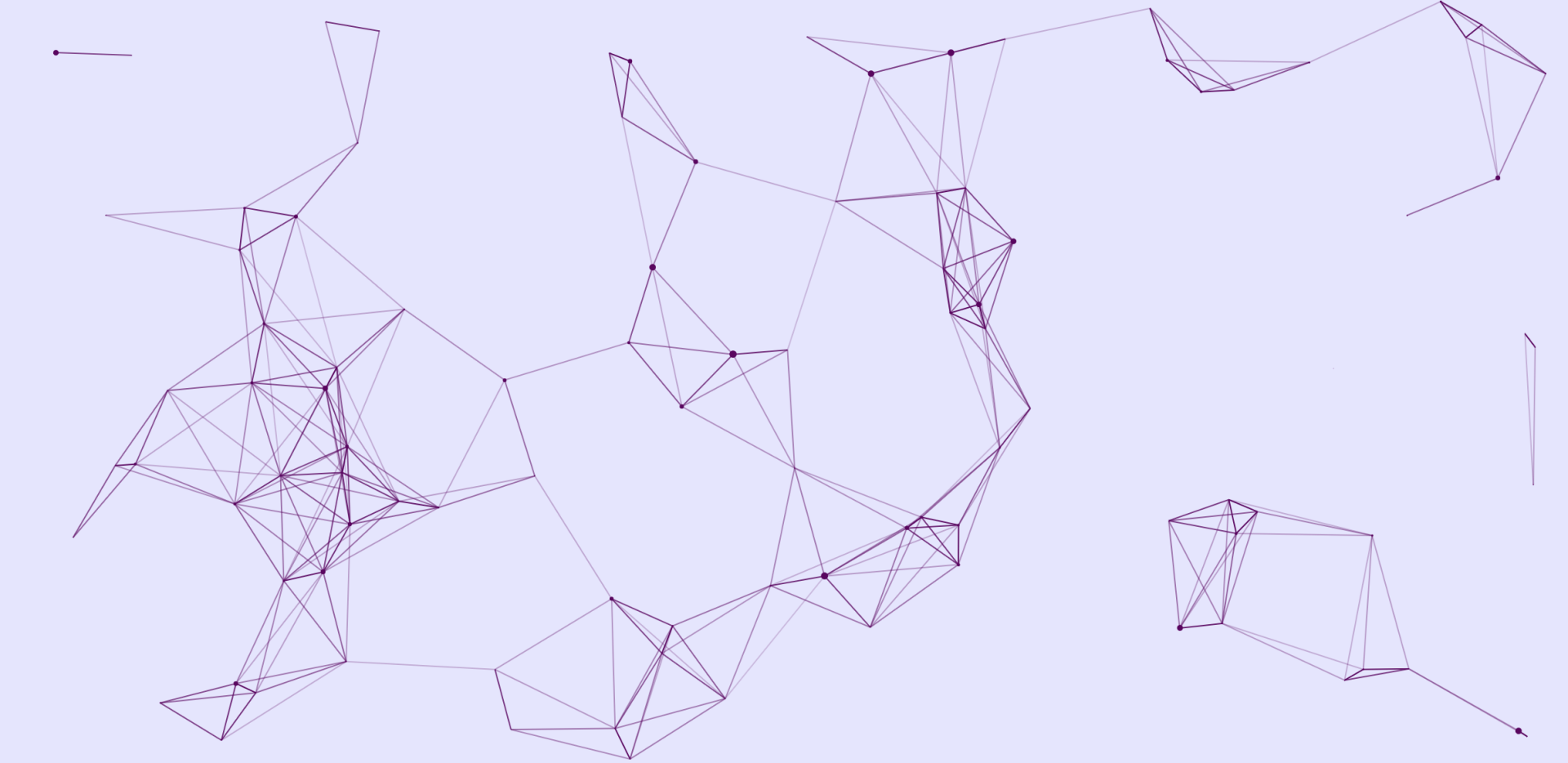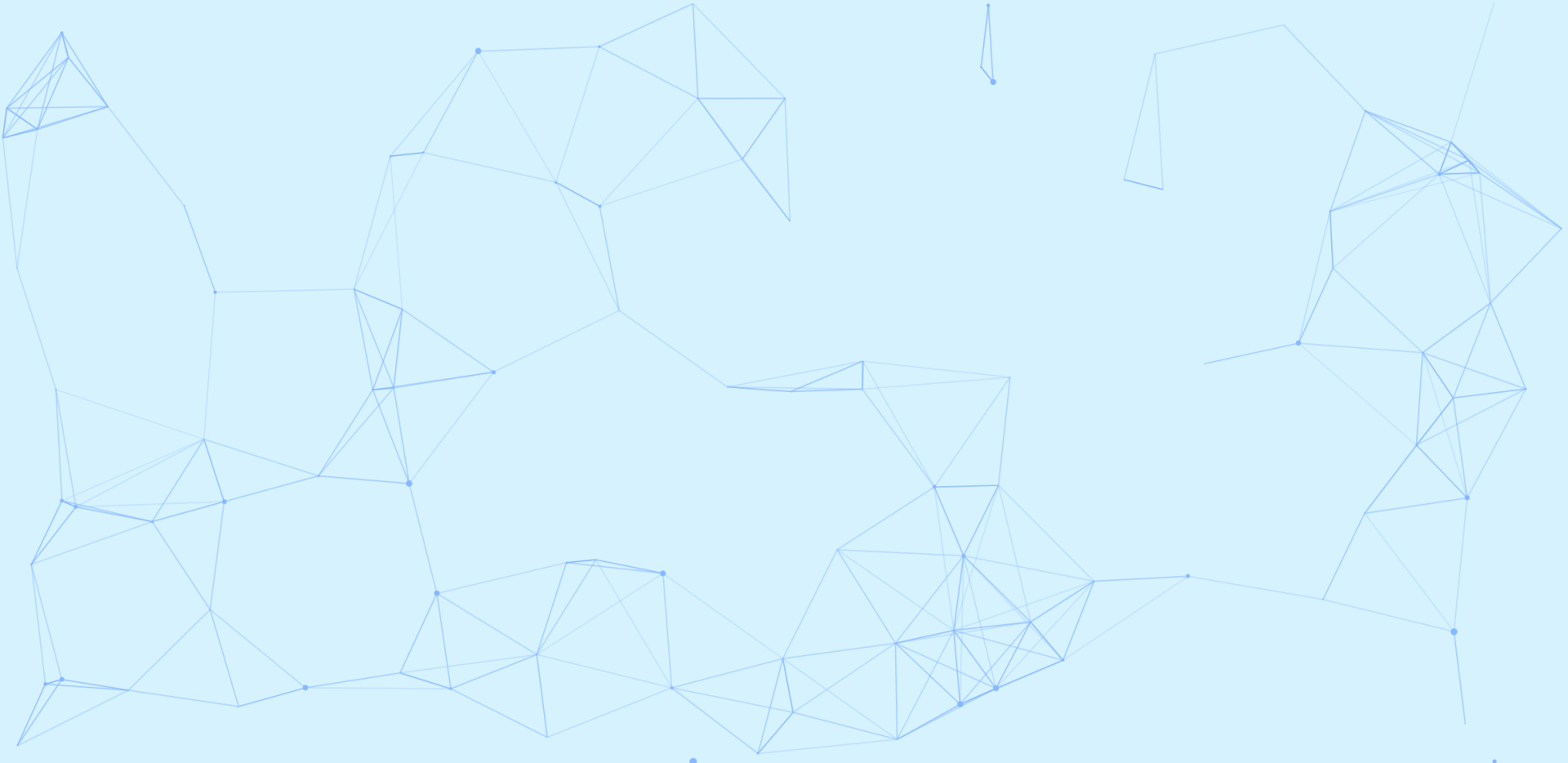BLOG
Blog

By Kristin Kniss
•
January 16, 2025
A Year of Growth: Productivity, Wellness, and Building a Brighter Future The past year has been a transformative journey for me—a deep dive into exploring productivity, fostering healthy habits, and reimagining how I approach both my personal and professional life. It’s been a year of learning, unlearning, and laying the groundwork for what I hope will be an inspiring future. The Productivity Deep Dive As someone who has always juggled multiple roles, I've actually thrived in the chaos. However, I've learned that clarity and focus is the only true way to move the marker in a specific direction. I've been so blessed with amazing clients over the years. I've stay busy, even overwhelmed many times, with repeat clients and referrals to new clients. However, this has kept me in a platoed state of growth. I knew to grow I was going to need to do some deep inner work. I’ve learned that productivity isn’t just about checking tasks off a list. It’s about creating systems that align with my values and energy levels. Over the past year, I’ve: Explored Time Management Tools : From Reclaim AI to old-fashioned planners, I’ve experimented with ways to protect my focus and stay on track. Refined My Workflow : I’ve embraced simplicity—streamlining tasks and reducing decision fatigue by organizing priorities in a way that makes sense for my lifestyle. Embraced Accountability : Whether it’s sharing goals with a trusted friend or setting clear benchmarks, accountability has been key to maintaining momentum. These practices have helped me work smarter, not harder, and made space for the things that matter most. And honestly? It’s been about figuring out how to thrive as a self-proclaimed “chaos tamer” while keeping my creative spark alive. A Commitment to Wellness In tandem with productivity, I’ve delved deeply into building a healthier lifestyle. The connection between physical health and mental clarity has never been clearer to me. This year, I focused on: Mind-Body Practices : Incorporating yoga, meditation, and somatic exercises to center myself and manage stress. Shifting My Mindset : Moving from a scarcity mindset to one of abundance and opportunity has been a game-changer. (Though let’s be real—hearing “manifest your best life” still gets a bit of an eye roll from me.) Understanding Circadian Rhythms : One of the most fascinating areas I explored this year was the connection between creativity and circadian rhythms. Many creatives, including myself, find their productivity peaks align with unconventional hours—whether it’s early mornings, late nights, or those quiet hours when the world is still. Research highlights several key insights: Preference for Irregular Schedules : Many creatives report being most productive at night or during unconventional hours. This aligns with delayed circadian rhythms often observed in creative individuals (Source: Harvard Business Review). Peaks in Divergent Thinking: Studies suggest creativity flourishes during off-peak times. For instance, night owls may have breakthroughs in the morning when slightly groggy, while morning people find inspiration late at night. Alpha brainwave activity, linked to creativity, often heightens during relaxed states (Source: Scientific American). Sensitivity to Light and Mood : Circadian rhythms are influenced by light exposure, and many creatives thrive in dim, cozy environments for creative sessions. Seasonal changes can also spark bursts of inspiration (Source: National Institutes of Health). Sleep Patterns and Creativity : REM sleep is essential for problem-solving and idea synthesis. Sleep transitions, like hypnagogia (the state between wakefulness and sleep), can spark creative insights, as documented by figures like Salvador Dalí and Thomas Edison (Source: Journal of Creative Behavior) What’s Next As I continue on this journey, I’m looking ahead to expanding these lessons into something bigger—I'm wrapping up my freelancing and am focused on growing two businesses. The long term vision is coaching and educational resources. There’s something so rewarding about sharing what you’ve learned to help others thrive in their own creative and professional lives. Stay tuned! Exciting things are happening. Cheers to growth, wellness, and the many opportunities still ahead!

By Kristin Kniss
•
January 16, 2025
This year hasn’t just been about putting my own systems into place; it’s also been about soaking up wisdom from experts and thought leaders. Here are some of the tools and resources that have shaped my journey: Courses & Mentorship: Rich Webster’s How to Work Less Course : This course helped me redefine what productivity means and how to structure my work life to focus on impact rather than hours logged. Alaska Small Business Association Cohort ADP List Mentorship Sessions 10 Books That Changed My Perspective: The Artist’s Way by Julia Cameron : A deep dive into creative recovery and nurturing inspiration. Rich Dad Poor Dad by Robert Kiyosaki : Eye-opening insights into financial literacy and the mindset of wealth. The One Thing by Gary Keller : A masterclass in focus and prioritization. The 5 AM Club by Robin Sharma : Motivational, though I’ll admit, the early mornings are still a work in progress. The PARA Method by Tiago Forte : A game-changer for organizing information and tasks. The Win Without Pitching Manifesto by Blair Enns : A powerful guide to standing firm in your value as a creative professional. How to Do the Work by Dr. Nicole LePera : A transformative look at self-healing and emotional growth. 10x is Easier than 2x by Dan Sullivan and Benjamin Hardy : A mindset shift that challenges the limits of what’s possible. 7 Habits of Highly Effectively People by Stephen Covey: A timeless guide to personal and professional effectiveness through principles of integrity, fairness, and human dignity. Greenlights Mathew McConaughey: An inspiring and entertaining memoir filled with lessons on embracing challenges and seizing life's opportunities. Podcasts I'm Obsessing Over to Level Up Future of UX The Goal Digger with Jenna Kutcher Mel Robbin's Podcast You Make Sense The Profitable Designer Show The Game with Alex Hormozi The Profitable Web Designer with Shannon Mattern Creatives in the Wild Influencers & Industry Leaders I'm Following Jared Spool Jakob Nielson Joe Natolie Femke Ran Segall with Flux Academy Resources I pull From Shipwright Each of these resources has added a layer of depth to my approach, giving me the tools to navigate challenges and step into a more intentional, inspired way of working and living. Slated for 2025 Interaction Design Certification

By Kristin Kniss
•
December 4, 2024
Having a professional and user-friendly website is essential for nonprofits to effectively connect with their communities, share their mission, and secure ongoing support. Yet, for many Alaska-based nonprofits, funding a website overhaul or development project can feel out of reach. The good news? There are grant opportunities tailored for organizations just like yours—and the process of securing and executing them doesn’t have to be overwhelming. Grant Opportunities for Alaska Nonprofits Securing funding for a website is a strategic move for an Alaska-based nonprofit aiming to enhance its online presence and make a larger impact. Several local grant opportunities can support this endeavor: Rasmuson Foundation’s Tier 1 Grants What They Fund: Small capital projects and one-time investments, with awards up to $35,000. Why It’s Perfect : These grants can cover the costs of website development and upgrades. How We Help : We can craft a proposal to highlight the impact of a well-designed website on your mission and community outreach. Alaska Community Foundation’s Strengthening Organizations Program What They Fund: Capacity-building projects for nonprofits. Why It’s Perfect : A website that aligns with your mission is a key organizational asset. How We Help : Our UX audits identify what your current website needs to improve functionality and user satisfaction, ensuring your grant application stands out. Alaska Children’s Trust (ACT) Tier 1 Grants What They Fund : Projects that enhance the capacity of organizations focused on child welfare. Why It’s Perfect : If your nonprofit serves children, ACT could fund your digital transformation. How We Help : We'll translate your mission into a digital experience that resonates with donors and families alike. Next Steps: Assess Eligibility : Review each grant's specific criteria to ensure your nonprofit qualifies. Prepare a Proposal : Develop a clear proposal outlining the purpose of the website, its expected impact on the community, and a detailed budget. Contact Grant Administrators : Reach out to program officers or grant administrators for guidance on the application process and to confirm current availability of funds. Submit Applications : Complete and submit applications within the specified deadlines, ensuring all required documentation is included. By strategically targeting these grant opportunities and presenting a compelling case for how a new website will enhance your nonprofit's mission, you can secure the necessary funding to strengthen your online presence and better serve the local community. If you're based in Alaska, The Foraker Group in Anchorage can provide additional information for the Non-profit sector. Already have an existing website? Maybe your website needs a redesign—or just some improvements to better serve your users. Not sure where to begin? You're not alone. Many companies dive into costly, full-scale redesigns when, in reality, targeted fixes could achieve the same results for a fraction of the cost. That’s why we created UX Mess : a service designed to cut through the confusion and bring clarity to your website’s biggest front-end challenges. With our comprehensive UX audit, we’ll pinpoint the "low-hanging fruit"—quick fixes that can make a big impact—while also identifying what’s working well and what’s holding you back. You’ll receive a clear, prioritized roadmap that empowers you to make confident, informed decisions about your website’s next steps. Don’t let guesswork lead the way—let UX Mess help you turn your website into a powerful, user-friendly asset. We suggest a budget-friendly review before jumping to any conclusions. Choose between a Mini Audit or a Deep Dive at UXmess.com Audits take between 5 and 20 hours and are priced accordingly. This will help provide clarity and support your case for funding if you want a redesign! A visually appealing website is only part of the puzzle—how users navigate, interact with, and experience your site will determine its success. A front-end audit from UX Mess will help: Identify Barriers : We’ll analyze what’s preventing users from engaging with your site or donating. Prioritize Improvements : Our audits focus on high-impact changes to ensure your website delivers a seamless experience. Save Time and Money : By addressing the right issues, we help you make the most of your grant funds without overspending. How Alpine Design Supports You Alpine Design is more than a design agency; we’re your strategic partner. We’ve worked with nonprofits across Alaska to elevate their digital presence while staying aligned with their mission and budget constraints. Here’s how we can help your nonprofit succeed: Grant Application Support : We’ll assist in building a compelling case for your grant application, emphasizing the transformative power of a new website. Website Development : From design to launch, we’ll create a platform that amplifies your mission and grows your impact. UX Expertise : Through UX Mess, we’ll ensure your website prioritizes the needs of your users—whether they’re donors, volunteers, or the community members you serve. Ready to Elevate Your Nonprofit? Let’s Talk. Building a website that serves your mission doesn’t have to be overwhelming or expensive. By leveraging available grant opportunities and working with the right partner, your nonprofit can achieve a digital presence that inspires action. Contact Alpine Design today to learn how we can help your nonprofit secure grants and create a website that works as hard as you do. Unsure if you need a full redesign? Maybe you want to start by addressing low hanging fruit. Take advantage of our special UX audit offer through our sister business UX Mess to jumpstart your website transformation. Together, let’s create a website that helps you do more good.

By Kristin Kniss
•
November 10, 2023
Identify Usability Issues A UX audit helps uncover usability problems within a product, website, or application. It identifies obstacles that users may face when interacting with the company's digital assets, such as confusing navigation, broken links, or non-intuitive interfaces. Improve Customer Satisfaction Improving the user experience can lead to higher customer satisfaction. A UX audit helps pinpoint areas where users might be dissatisfied, allowing the company to make necessary improvements and enhance the overall customer experience. Enhance Conversion Rates A UX audit can reveal conversion bottlenecks or barriers that prevent users from taking desired actions (e.g., making a purchase, signing up, or submitting a form). Addressing these issues can lead to increased conversion rates and revenue. Boost Engagement Effective UX design can keep users engaged and coming back to a website or product. A UX audit helps identify areas where engagement can be improved, whether through better content, clearer calls to action, or more interactive features. Increase Accessibility Ensuring that a digital product is accessible to all users, including those with disabilities, is not only good for inclusivity but also often required by law. A UX audit can uncover accessibility issues and help the company make necessary adjustments. Competitive Advantage A company that invests in user experience gains a competitive edge. A UX audit can reveal areas where competitors may be outperforming the company in terms of user experience and guide improvements to remain competitive. Reduce Support Costs A poor user experience can lead to an increase in customer support inquiries and complaints. By addressing usability issues through a UX audit, a company can reduce the burden on its support team and the associated costs. Data-Driven Decision Making A UX audit provides data and insights that inform decision-making. It helps the company understand how users are interacting with its digital assets, allowing for data-driven improvements. Compliance and Risk Mitigation For some industries, compliance with regulatory standards and data privacy laws is crucial. A UX audit can ensure that the company's digital products meet legal requirements, reducing the risk of fines and legal issues. Iterative Improvement : A UX audit is not a one-time event but a part of an ongoing process of improvement. It helps companies continually refine and optimize their user experiences to meet evolving user needs and expectations. In summary, a UX audit is a valuable tool for identifying and addressing user experience issues, which can lead to improved customer satisfaction, increased conversions, and a competitive advantage. It allows companies to make data-driven decisions and create more user-friendly digital products. Does this sound like something your business could benefit from? Let's hop on a call to discuss your options. 540-421-9680 or info@kristinkniss.com

By Kristin Kniss
•
February 10, 2023
Work-Life Balance: Lessons from Three Different Sectors Throughout my career, I’ve had the privilege of working in three very different environments: self-employment, a large non-profit, and an agency. While each sector has its own unique set of challenges, these experiences have shaped my understanding of work-life balance and how it impacts both professional growth and personal well-being. Why Work-Life Balance Matters Work-life balance is often discussed but not always fully understood. In the fast-paced world of design, it’s crucial to establish boundaries and time for focused, uninterrupted work. When this balance is respected, creativity flourishes, deadlines are met more easily, and the quality of life outside of work improves. Let’s explore my experiences and what I’ve learned along the way. Agency Life: Balancing Flexibility and Structure Agency life offers exciting opportunities to work with diverse clients and projects. But one of the challenges I’ve found is that managing my schedule often requires extra flexibility. Agencies move fast, and it’s not uncommon for projects to be rescheduled at the last minute or for unexpected tasks to pop up during the day. Slack messages, file requests, and spontaneous meetings can easily break my flow, pulling me away from the tasks I’ve carefully planned. This constant shifting can be tricky to manage, but it’s also taught me the importance of adaptability and communication. By setting clear boundaries and emphasizing the value of "focus time" on my calendar, I’ve been able to carve out moments of deep work to stay on track. It’s an ongoing process, but I’m learning to better balance the fast-paced nature of agency life with my personal schedule. What I’ve Learned: Adaptability is Key: The ability to adjust to changes in real-time has helped me stay productive while maintaining a positive attitude. Communication is Crucial: Regularly sharing my availability and advocating for protected time blocks allows me to meet client needs while still respecting my own time. Focus Time is Valuable: Scheduling uninterrupted time for important tasks is a game-changer. I’ve learned that clear communication about these blocks is essential to keep projects moving forward without unnecessary disruptions. Non-Profit Work: Mission-Driven but Demanding Working for a large non-profit was another enriching experience, particularly because of the mission-driven work. There’s something incredibly rewarding about knowing your designs are contributing to a greater cause. However, non-profits often operate with limited resources, which can make managing time and expectations more challenging. Despite these limitations, I found non-profit work to be an excellent place to develop resourcefulness and efficiency. With tight deadlines and fewer hands on deck, I learned how to prioritize and make the most of every hour in the day. Self-Employment: Owning My Schedule Self-employment offers unparalleled freedom. You are your own boss, and you set your own hours. This sounds ideal, but it comes with its own challenges, like staying disciplined and avoiding burnout. I’ve had to create systems to ensure that I’m giving myself enough time for both work and personal life. What I’ve found most beneficial in self-employment is the ability to design my days around my peak productivity times. Whether it’s scheduling a creative session in the morning or a workout in the afternoon, I’ve discovered how to create a rhythm that keeps me both productive and refreshed. In every sector I’ve worked in, the concept of work-life balance remains a constant priority. While it may look different in each environment, the key is to stay flexible, communicate effectively, and respect your own boundaries. I’ve also found inspiration from companies that truly prioritize their employees' time, showing that it’s possible to create environments where balance is not only respected but encouraged. As I continue on my journey, I’m committed to advocating for healthier work habits—not just for myself, but for the design community as a whole. With the right mix of structure, flexibility, and communication, we can achieve balance and produce our best work without sacrificing our personal lives.

By Kristin Kniss
•
February 24, 2022
Your brand is everything. It's what customers think of when they hear your company name, it's what they see on your products, and it's the feeling they get when interacting with you. Maintaining brand integrity is essential to keeping your customers happy and keeping them coming back for more. So, what exactly is brand integrity? And why is it so important? In this blog post, we will discuss what brand integrity is and how you can go about creating and maintaining it for your business! What Is Brand Integrity? Brand integrity is the brand's reputation for doing what it says it will do. It's about being honest and true to your customers, delivering on your promises, and following through with your values. When you have brand integrity, you create trust with your customers. They know that they can rely on you to be truthful and consistent in everything you do. And this trust is essential for maintaining customer loyalty! Customers engage with brands in a variety of ways, at each stage of the buying process. Every interaction is an opportunity for your company to deliver value or convey a message. In addition, each encounter a customer has with your brand contributes to forming an overall opinion on what your brand represents. Why Is Brand Integrity Important? Without brand integrity, a company can quickly lose its reputation (and its customers). In fact, brand integrity is one of the most important factors when it comes to a company's success. It impacts how much customers are willing to pay for your products, how likely they are to recommend you to others, and how much trust they put in your brand. In other words, brand integrity is essential for creating value and maintaining it over time. It's what allows customers to connect with your brand on an emotional level, and keeps them coming back for more. Brands Integrity Leads To Brand Advocates When you consistently keep your promises in line with a consumer's preconceived notions, you're much more likely to develop enough brand affinity that people actively promote and advocate for your company. Brand advocates are customers who are so passionate about your brand that they not only stick with you but also recommend you to their friends, family, and social media followers. According to a study by the Nielsen Global Trust in Advertising report , 85% of global respondents said they trusted earned media such as word-of-mouth recommendations from friends and family more than any other form of advertising. That's powerful! By creating an environment where customers feel comfortable advocating for your brand, you're tapping into one of the most effective forms of marketing there is. And it all starts with building brand integrity. How Do You Build Brand Integrity So, how do you go about building brand integrity? Here are a few tips: Be authentic. Customers can see through a facade, and they don't appreciate it. Be yourself and let your brand reflect that. Right products. Select the right products to maintain consistency in your brand message. Attempting to offer a different product than you believe is better may confuse clients, workers, vendors, and other parties. Products should always appear linked and consistent with your entire branding image. Consistency creates trust in a company's name. Create valuable content. This is one of the best ways to earn customers' trust. If you can provide them with the information they can use, they'll be more likely to come back for more. Make customer service a priority. When something goes wrong, make sure you address the issue promptly and courteously. The last thing you want is for a disgruntled customer to take to social media to air their grievances. Be transparent. Share what's going on behind the scenes with your customers, even if it's not always positive. They'll appreciate the honesty, and it will help them feel more connected to your brand. Stay true to your values. As your company grows and changes, make sure you don't lose sight of what made you successful in the first place. If you start making decisions that contradict your core values, customers will take notice and may begin to doubt your brand integrity. Launch realistic marketing strategies. Don't overpromise what your brand can deliver. Customers are savvy enough to see through inflated claims, and when they realize they've been duped, it's easy for them to lose faith in your brand. Be consistent. When customers know what to expect from your brand, they're more likely to trust you. If you keep changing your branding or messaging, it will be difficult for them to develop a strong connection with your company. Monitor your brand. Keep an eye on what people are saying about your brand online (and offline). If you see negative sentiment brewing, address it head-on. If you're not paying attention to how your customers use your brand, you won't be able to provide a consistent customer experience. Every product page for an SKU should look and feel the same, no matter which retailer's site it's on, and you should be actively representing your brand by responding to client queries. Price strategies. Your pricing tells the world how valuable your goods are. If a vendor breaches your minimum advertised pricing (MAP) policy, it temporarily lowers your prices, but it can permanently lower the customers' impression of the value of your price. To safeguard your price, you must develop a formal pricing strategy and enforce it with real penalties. Keep track of the steps you intend to take in case a vendor breaks your policy so you can be consistent. Building brand integrity is essential for any business looking to create long-lasting customer loyalty. By following these simple tips, you can ensure that your brand remains strong, relevant, and trustworthy in the eyes of consumers. Final Thoughts Building integrity through your brand requires following the correct blueprint. You can't build an entire house by following instructions on how to assemble a new sofa. In the same vein, building and maintaining brand integrity starts by using established guidelines for creating a brand that consumers can trust. Remember, building brand integrity is an ongoing process that requires dedication, consistency, and a focus on the customer. By following these tips, you'll be well on your way to establishing a brand with a sterling reputation. Need help with your brand strategies? Let's hop on a call! 540-421-9680 or info@kristin@kristinkniss.com

By Kristin Kniss
•
January 28, 2022
If you're like most people, you probably think of mood boards as a way to get inspired for your next DIY project or home decorating scheme. And while they can certainly serve that purpose, mood boards can be so much more than that! In fact, mood boards can be an incredibly useful tool for developing ideas in a variety of different contexts. In this blog post, we'll discuss the top 15 reasons how mood boards can help you develop your ideas.This is a subtitle for your new post

By Kristin Kniss
•
November 30, 2021
Design thinking is a process that can help your business in many ways. It helps you to understand your users and develop empathy for them, which can lead to more innovative solutions. The design thinking process is also non-linear and iterative, which means that you can keep refining your ideas until you find the best solution. In this post, we will discuss what design thinking is and how you can use it to improve your business! What Is Design Thinking? Design Thinking is a human-centered approach to problem-solving that begins with the user. It's most useful when tackling issues that are poorly defined or unknown. There are five stages in the method: Empathize, Define, Ideate, Prototype, and Test. The foundation of Design Thinking is empathy for the people we’re designing for. We observe them and develop an understanding of their needs and wants in order to identify what it is they truly need or want from our product or service. Design Thinking is about gaining a thorough understanding of the people for whom we're creating products or services, and it revolves around a passionate interest in learning more about them. It aids us in recognizing and developing empathy for the target user. 5 Phases of Design Thinking There are several different variations of the Design Thinking methodology in use today, each with its own set of phases, stages, or modes. Despite the many forms that it takes, however, all versions of Design Thinking have a lot in common. It consists of five steps: empathize, define, ideate, prototype, and test. During the Empathy phase, you work to understand your users and develop empathy for them. This can help you create better solutions that are more in line with what your users want or need. The Define phase involves defining the problem that you are trying to solve. You may have a general idea of what the problem is, but it’s important to get specific so that you can focus on developing a solution. In the Ideate phase, you come up with as many ideas as possible to try and solve the problem. You want to be creative and think outside the box to come up with innovative solutions. The Prototype phase is where you take the best ideas from the Ideate phase and start to create prototypes of those ideas. This allows you to get feedback from users early on so that you can make changes if needed. Lastly, in the Test phase, you test your prototypes with users to see how they respond. This helps you determine whether or not the solution is actually solving the problem. The five phases, stages, or modes are not always in a chronological sequence. They do not have to follow any sort of pattern, and they may often run alongside and repeat iteratively. As a result, you shouldn't think of the phases as a linear hierarchy or process. Instead, consider it an overview of the modes or phases that contribute to an innovative project rather than a step-by-step guide. Why is Design Thinking Important? Design thinking can help your business in a number of ways, including: Helping you to better understand your users and what they want or need Challenging assumptions and redefining problems Developing innovative solutions that can be prototyped and tested Improving team collaboration and creativity In short, design thinking can help you develop products and services that are user-focused and solve real problems. It's an important tool to have in your arsenal when it comes to innovation and problem-solving. And it's something that more businesses should be adopting. If you're looking for a way to improve your business, then design thinking is a good place to start. What Tools Do I Need For Design Thinking? Design thinking is a versatile process that doesn't require any specific tools. However, there are some tools and resources that can be helpful when undertaking design thinking: Design Thinking Toolkit This online resource offers templates, examples, and tutorials on how to use design thinking in your business. It's a good place to start if you're new to the concept. IDEO Method Cards These cards offer step-by-step instructions for using different aspects of design thinking. They're a handy tool to have on hand when you're working on a project. Sketching Tools Drawing sketches is an essential part of the ideation phase of design thinking. There are many different types of sketching tools available, so find the ones that work best for you. SketchTogether is an excellent online tool for collaboratively drawing sketches. Design Thinking Online Courses If you're looking to gain a more in-depth understanding of design thinking, there are several online courses available. These can be helpful if you want to use design thinking in your business or want to teach it to others. How Can I Get Started with Design Thinking? If you're interested in learning more about design thinking and how to apply it to your business, there are a few things you can do. First, read up on the basics of design thinking and what each phase entails. Second, find examples of businesses that have successfully used design thinking to solve problems or create innovative products or services. Finally, try out some exercises and activities related to design thinking to see how it works in practice. The best way to learn is by doing, so get started with design thinking today! And don't forget to keep an open mind—the process is bound to be unpredictable, but that's what makes it so interesting. How Long Should Design Thinking Take? The beauty of design thinking is that it can be adapted to fit any timeframe. Whether you need a quick solution or you have the time and resources to really dig in, design thinking can work for you. However, as a general rule, I would recommend allocating at least three weeks for an initial ideation phase, followed by two weeks for prototyping and testing. Of course, these are just guidelines—you can always adjust the timeframe depending on the specific needs of your project. Final Thoughts You're bringing together what humans find desirable with what is technologically feasible and economically viable when you use design thinking. It also enables anybody who isn't a designer to utilize creative tools to solve a broad range of problems. Taking action and determining the proper questions are the first steps in the procedure. It's all about embracing basic mentality shifts and approaching difficulties from a new perspective. If you have any questions or comments about what you've read, please post them in the Comments section below. We'd love to hear from you! Or, you can DM me on Instagram , Facebook , Twitter or just email me .
"I believe in using design to make a positive impact in the world"
Office Hours: M-F 9am-5pm • 540-421-9680 • Copyright 2025 Alpine Design & Consulting, LLC

